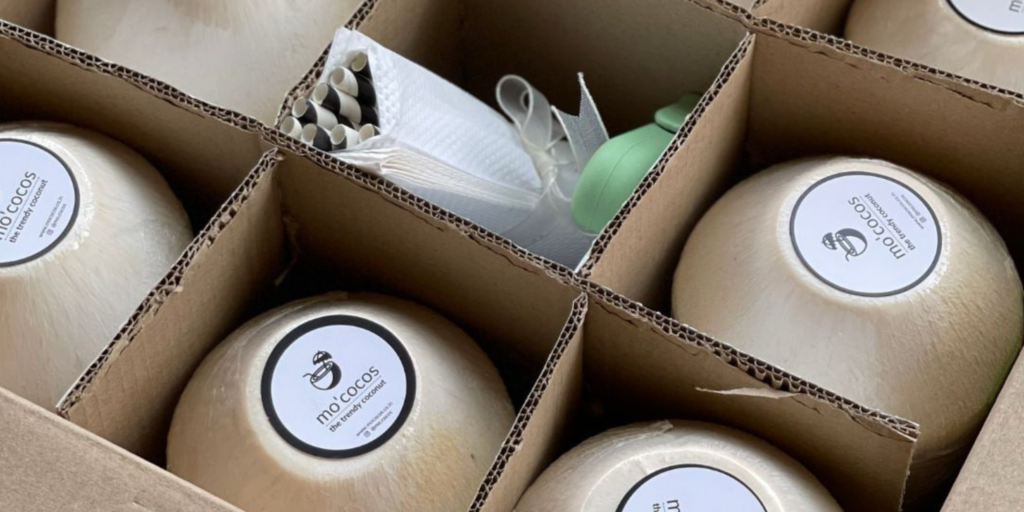Coconut, often referred to as the “tree of life,” is a versatile and nutritious tropical fruit that has gained popularity worldwide. Whether you’re using it for its refreshing water, creamy milk, or flavorful flesh, selecting the best coconut is essential to unlock its full potential. But how do you choose the perfect coconut? In this blog, we will explore the tips and tricks for selecting the best coconut from the grocery store or market.
- Start with the Appearance
When choosing a coconut, the first thing to consider is its appearance. Here are some visual cues to look for:
a. Color: A good coconut should have a rich, brown color. Avoid coconuts with green or pale husks as they are likely immature and may not have developed their full flavor and sweetness.
b. Shape: Look for coconuts that are symmetrical and free from any deformities. A lopsided or irregular shape may indicate that the coconut is damaged or has unevenly developed flesh.
c. Size: Generally, larger coconuts tend to have more water and flesh. However, the size should be proportionate to its weight. A coconut that feels too light for its size may be lacking in water and flesh.
d. Texture: The husk should feel firm and dry to the touch. Avoid coconuts with soft spots, cracks, or mold, as they may be spoiled or have internal issues.
2. Shake for Sound
Another effective method to determine the quality of a coconut is by giving it a gentle shake. The sound of the coconut’s water sloshing inside can reveal valuable information:
a. Listen for a sloshing sound: When you shake the coconut, you should hear a noticeable sloshing sound. This indicates that there is sufficient coconut water inside.
b. No sound? Beware: If the coconut doesn’t make any sound when shaken, it might be old or have a compromised shell. Such coconuts may have dried-up flesh and less flavorful water.
3. Check the Eyes
Coconuts have three “eyes” or indentations on one end. These eyes are where the coconut was once attached to the tree. Examining the eyes can help you gauge the freshness of the coconut:
a. Look for mold or moisture: If any of the eyes have mold or moisture seeping out, it’s a sign that the coconut is not fresh and may be spoiled.
b. Clean, dry eyes: Choose a coconut with clean and dry eyes, as this suggests it’s in good condition.
4. Feel the Weight
A ripe coconut should feel heavy for its size. This heaviness indicates a good amount of water and flesh inside. Pick up a few coconuts and compare their weight to get a sense of what feels right.
5. Smell the Aroma
Hold the coconut up to your nose and take a deep breath. A fresh and ripe coconut should have a sweet, tropical aroma. If it smells off or musty, it may not be at its best.
Conclusion
Selecting the best coconut may seem like a daunting task, but by considering its appearance, sound, eyes, weight, and aroma, you can confidently choose a high-quality coconut. A fresh coconut will provide you with delicious coconut water and creamy flesh for your culinary adventures, making the effort well worth it. So next time you’re at the store or market, put these tips to use and enjoy the delightful flavors and versatility of the coconut to the fullest.


